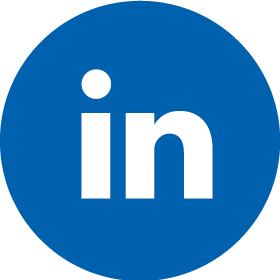use case
The World Bank's AI-driven Chat
MAI Chat is an AI-powered platform built exclusively for World Bank Group employees. It enables secure enterprise data exploration, document and image analysis, infographic creation, and access to a curated prompt library. MAI Chat also connects users to major World Bank knowledge collections. As the World Bank Group’s safer alternative to public AI chat options, MAI leverages advanced models like ChatGPT-4o and Gemini, offering tailored, secure support for WBG staff needs.

Here’s a preview of the MAI Chat* — let’s explore it in more detail.
*Please note: all data shown has been modified to comply with The World Bank’s confidentiality and security policies.
*Please note: all data shown has been modified to comply with The World Bank’s confidentiality and security policies.
Project Context and Objectives:
- The project involved the development of a secure, closed chat system for The World Bank users, specifically designed to integrate with The World Bank’s Data and Documents Repository.
- The goal was to create an internal chat solution that allows users to access and query sensitive data without using open-source platforms such as ChatGPT, Perplexity, Gemini, and others, to avoid potential data leaks.
- The chat system aimed to provide a user-friendly interface for retrieving data in a conversational manner, ensuring both security and ease of use while maintaining the integrity of sensitive information.
Role and Contribution:
- As a key contributor to this project, I closely collaborated with the Product Owner, technical specialists (backend and frontend developers), user researchers, business analysts, and data researchers.
- I was responsible for conducting user research, which laid the foundation for creating detailed user personas. These personas were then used to identify specific user needs, which guided the development of empathy maps and user flows. Following this, I created wireframes to visualize the user experience, which were further refined into high-fidelity designs.
- Finally, these high-fidelity designs were transformed into animated prototypes for a comprehensive user experience. I also participated in presentations, effectively communicating our progress and designs to stakeholders.
Process & Methodology
- As a central part of the team, I collaborate with the Product Owner, Scrum Master, back-end developers, data researchers, and other specialists to define user needs and align on project goals. Based on collected insights, I develop User Personas, User flows, User Journey Maps, wireframes, high-fidelity designs and animated prototypes.
- I also create and maintain the project roadmap, setting deadlines, identifying key milestones and challenges, and helping the Product Owner write user stories to ensure alignment with user and business objectives.
Here are some examples of working process*
*I'll be happy to guide you through it in details during the interview.
*Here are some examples of working process. I'll be happy to guide you through it in details during the interview.
Results & Achievements
- We began with the core functionality of matching ChatGPT, aimed at introducing users to the fundamental features of AI-driven chat applications. As user engagement grew, we identified new opportunities to expand the functionality, and over four iterations, we introduced advanced features based on market research and user feedback. These updates included enhanced usability and new tools, like document and image analysis, which significantly improved the overall user experience.
- Feedback from key stakeholders, including the Product Owner, highlighted the success of these updates. Positive user reviews further reinforced the value of these improvements, driving increased adoption. As a result, we’re seeing a growing number of users engaging with the platform regularly.
- We continue to gather insights from user interactions and plan future updates to address additional needs, ensuring the product evolves alongside its users’ expectations.
- Miora LaügtProduct Owner at The World BankWorking with Alice is awesome. She's an incredible UI/UX designer, but more than that, she's become a real creative partner who just lights up every project with her energy and insights.
What really stands out to me is how she totally gets World Bank Group users. Like, she doesn't just design for them; she really understands who they are, what frustrates them, what they need. Her designs always feel so thoughtful and natural, like they were meant to be that way.
And when things get crazy, she's the person you want on your side. Rush job? She's on it. Completely changing direction mid-project? No problem. If you need someone who can take your messiest ideas and turn them into something users will actually love — and who'll make the process enjoyable along the way — she's your person.
Product Interface Screenshots*
*Please note that the data has been partially altered to protect the confidentiality of World Bank information.
Key Learnings
- Interdisciplinary Collaboration: I learned to collaborate closely with a diverse range of specialists — developers, data researchers, product owners, and more — within a globally recognized organization like the World Bank. This enhanced my communication and coordination skills across cross-functional teams, dealing with a variety of expertise and perspectives.
- Flexibility in Design Process: I gained a deep understanding of the importance of adaptability in the design process. I had to quickly adjust and rethink initial decisions based on evolving user needs, new functionalities, and feedback within the global context of the project.
- Adapting to New Requirements: I developed the ability to swiftly adapt to changes in project requirements, including the introduction of advanced features and functionality, ensuring that the product always met the dynamic needs of World Bank’s users.
- Data-Driven Decision Making: I learned to leverage real user data to inform design decisions, ensuring that the product was aligned with user expectations, and optimized for the needs of a global audience.
- AI & Machine Learning Integration: I deepened my understanding of how AI and machine learning technologies can be integrated into user experience design to create smarter, more adaptive features that can scale to meet the demands of a global enterprise.
- Project Management & Roadmap Development: I refined my skills in creating and maintaining project roadmaps, managing progress, and identifying potential risks, while aligning timelines and expectations with stakeholders from a worldwide organization.








